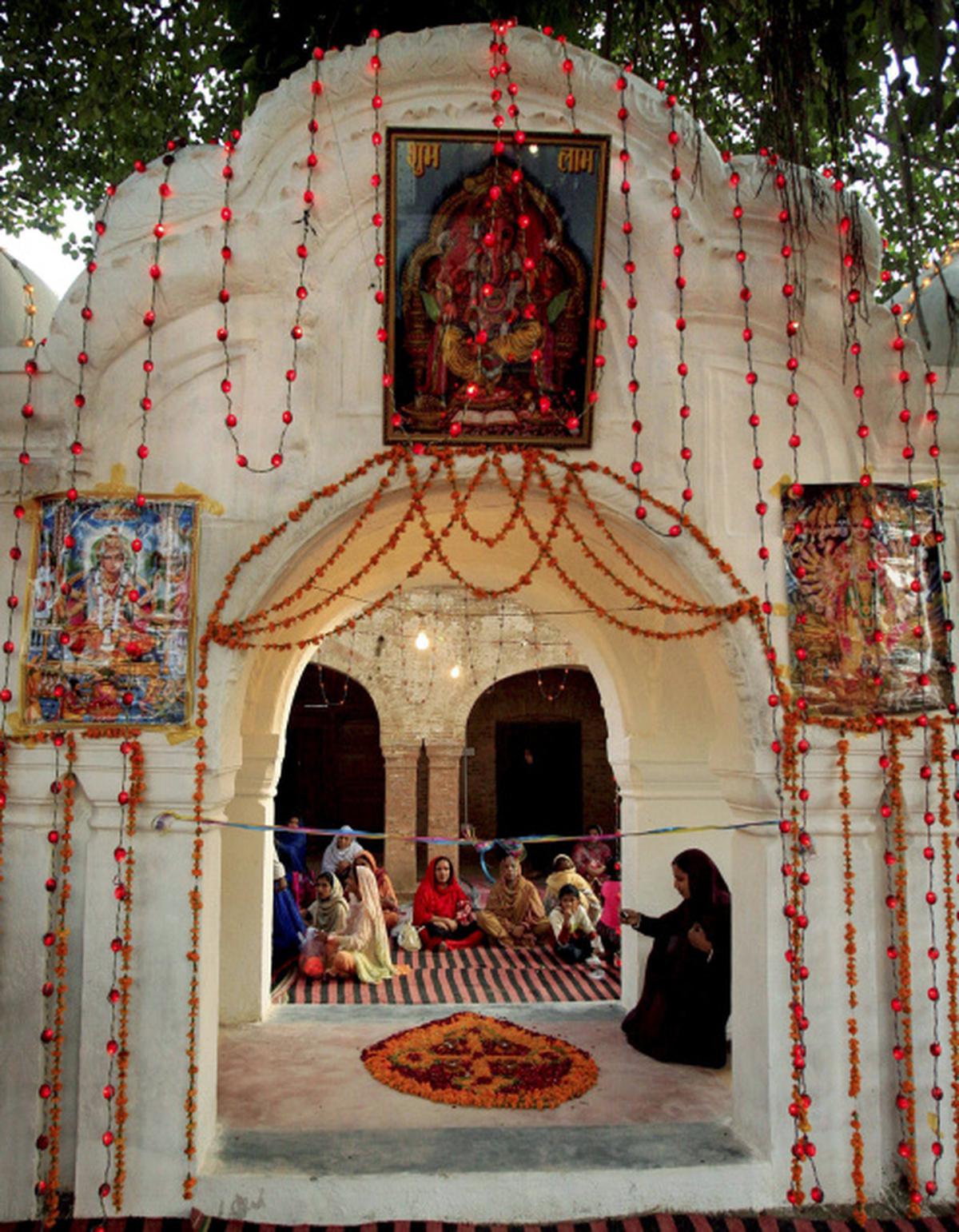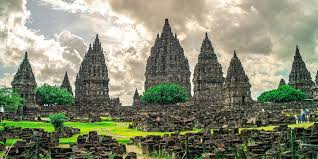The Goraknath Temple in Peshawar, located in Khyber Pakhtunkhwa, P@k, is an important Hindu temple dedicated to Guru Gorakhnath, a revered saint and founder of the Nath Hindu monastic movement. The temple has a rich historical and religious significance, having endured political changes, conflicts, and periods of closure before its eventual revival.
Origins and Religious Significance
- The temple is dedicated to Guru Gorakhnath, a prominent Hindu yogi and saint from the Nath tradition.
- Guru Gorakhnath is believed to have lived between the 9th and 12th centuries CE and was a disciple of Matsyendranath, the founder of the Nath sect.
- The Nath tradition follows Shaivism, worshipping Lord Shiva, and emphasizes yoga, meditation, and asceticism.
- The Goraknath temple in Peshawar is one of several temples in South Asia devoted to the saint, indicating the historical presence of Hindus in the region.
Historical Background
-
Ancient Presence of Hinduism in Peshawar
- Peshawar, historically known as Purushapura, was a major center of Hindu and Buddhist cultures before the arrival of Islam in the region.
- Hindu rulers, including those from the Gandhara civilization, influenced the religious landscape of the area.
- The Nath sect, to which Goraknath belonged, was active in present-day Pakistan, India, and Nepal, and the temple in Peshawar was a significant site for its followers.
-
British and Pre-Partition Era
- During the British colonial period, the temple was an active place of worship.
- It was visited by Hindu devotees from across the region who practiced Nath yoga and followed ascetic traditions.
- The temple was an important religious and cultural site for Hindus in North-West Frontier Province (NWFP), now Khyber Pakhtunkhwa.
Post-Partition Era and Closure
- After the Partition of India in 1947, a large number of Hindus and Sikhs migrated to India, leaving behind their religious sites.
- With the decline of the Hindu population in Peshawar, the Goraknath Temple was abandoned.
- Due to the political and religious climate, the temple was taken over by the Auqaf Department, the government body responsible for religious properties.
- The temple remained closed for several decades, and its structure deteriorated over time due to neglect.
Reopening and Restoration Efforts
- In 2011, members of the Hindu community in Pakistan petitioned the government to reopen the temple for worship.
- The Pakistan Hindu Council and other religious organizations advocated for the temple’s revival, citing the importance of preserving religious heritage.
- In 2020, after nearly 70 years of closure, the Peshawar High Court ordered the reopening of the temple, allowing Hindus to worship there once again.
- The Evacuee Trust Property Board (ETPB) and the local Hindu community worked together to restore the temple and facilitate religious activities.
Current Status and Significance
- Today, the Goraknath Temple in Peshawar is open for Hindu worship and serves as an important religious site for the small Hindu community in Khyber Pakhtunkhwa.
- The temple hosts special religious ceremonies, especially on occasions such as Shivratri and Guru Gorakhnath Jayanti.
- The reopening of the temple is seen as a positive step toward religious tolerance and cultural heritage preservation in Pakistan.
Conclusion
The Goraknath Temple in Peshawar stands as a testament to the rich history of Hinduism in the region and the resilience of the Hindu community in Pakistan. Despite years of neglect and closure, its revival reflects efforts to preserve religious diversity and historical sites in the country.
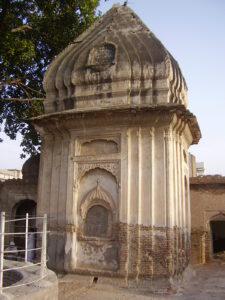
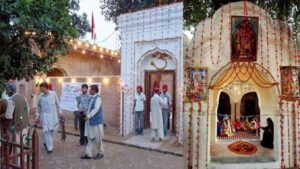
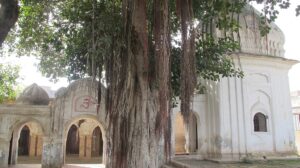

For more updates and detailed coverage of this case and other issues affecting the Hindu and Sindhi communities in Sindh, Pakistan, stay tuned to Sindh Renaissance.



